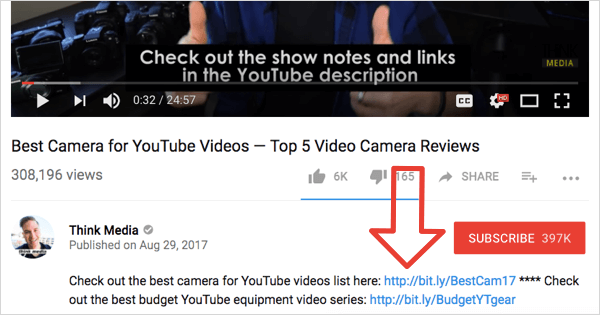Watch Time: A Guide to YouTube's TOP Search Ranking Factor Can Be Fun For Everyone

The New YouTube Ranking Factor to Watch - Business 2 Things To Know Before You Buy
Individuals all over the world supervise 1 billion hours of You, Tube videos every dayeverything from feline videos to videos for felines. The You, Tube algorithm is the recommendation system that decides which videos You, Tube recommends to those 2 billion-plus human users (and untold numbers of feline users). This begs an important question for online marketers, influencers, and creators alike: how do you get the You, Tube algorithm to recommend your videos and help you earn more likes!.?.!? In this post we'll cover what the algorithm is (and isn't), go over the most current changes for 2021, and show you how the pros deal with You, Tube's search and discovery systems to get videos in front of eyeballs.
Get genuine outcomes after one month. Another Point of View for YTRankBoost YouTube Video Ranking System of the You, Tube algorithm First, let's do a quick introduction of how the word "algorithm" ended up being so omni-present in all of our lives. 2005 2011: Enhancing for clicks & views According to creator Jawed Karim (a. k.a. the star of Me at the zoo), You, Tube was created in 2005 in order to crowdsource video of Janet Jackson and Justin Timberlake's infamous Superbowl efficiency.
Unfortunately, this caused a proliferation of deceptive titles and thumbnailsin other words,. User experience plummeted as videos left individuals feeling deceived, unsatisfied, or plain old frustrated. 2012: Optimizing for watch time In 2012, You, Tube adjusted its suggestion system to support time invested viewing each video, in addition to time invested in the platform overall.
This led some creators to attempt to make their videos shorter in order to make it more likely audiences would see to completion, whereas others made their videos longer in order to increase watch time overall. You, Tube didn't endorse either of these techniques, and maintained the celebration line: make videos your audience wants to see, and the algorithm will reward you.

All About 14 Secrets to Rank, Bank, and Promote Your YouTube Videos
You, Tube changed tack once again. 2015-2016: Enhancing for fulfillment In 2015, You, Tube started measuring viewer complete satisfaction straight with user surveys as well as prioritizing direct action metrics like Shares, Likes and Does Not Like (and, obviously, the especially ruthless "not interested" button.) In 2016, You, Tube released a whitepaper explaining some of the inner workings of its AI: Deep Neural Networks for You, Tube Recommendations.

UNDER MAINTENANCE